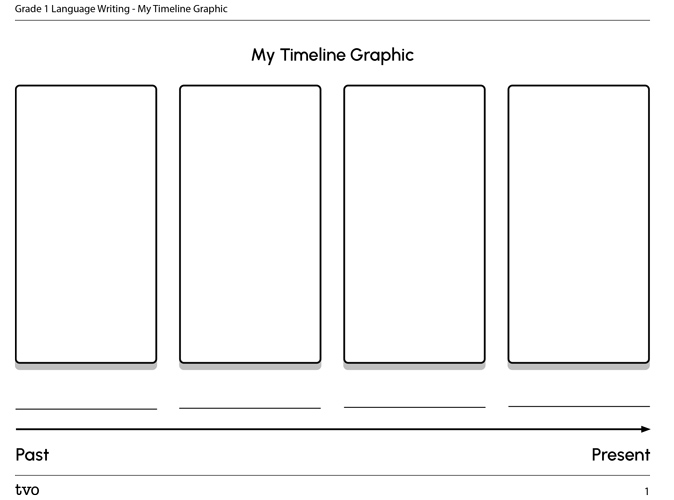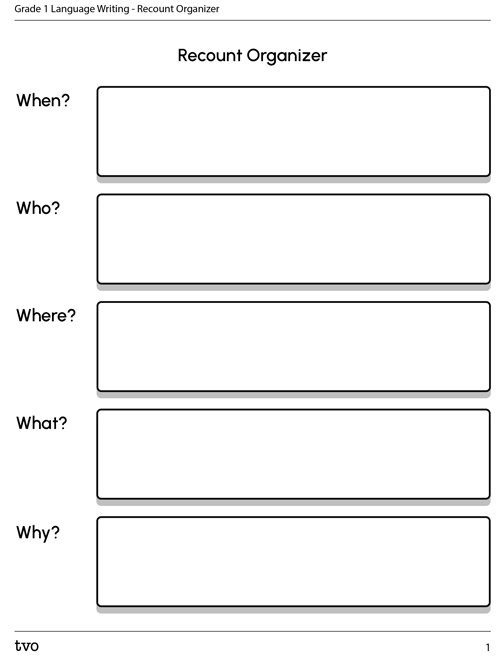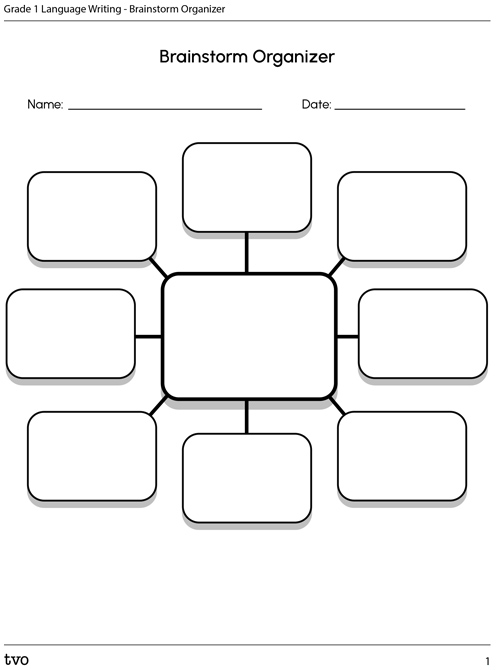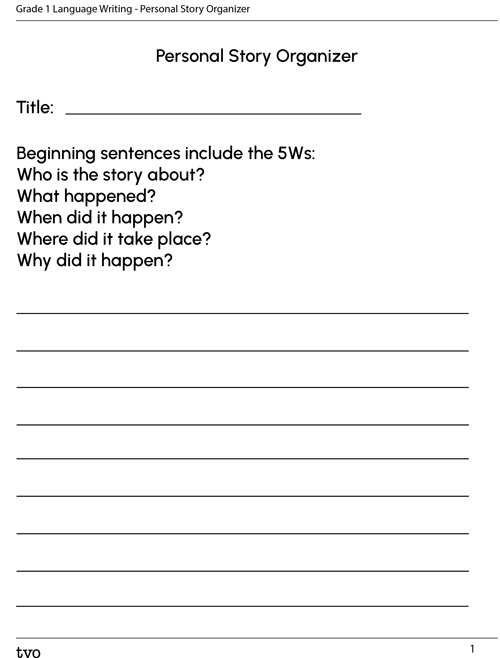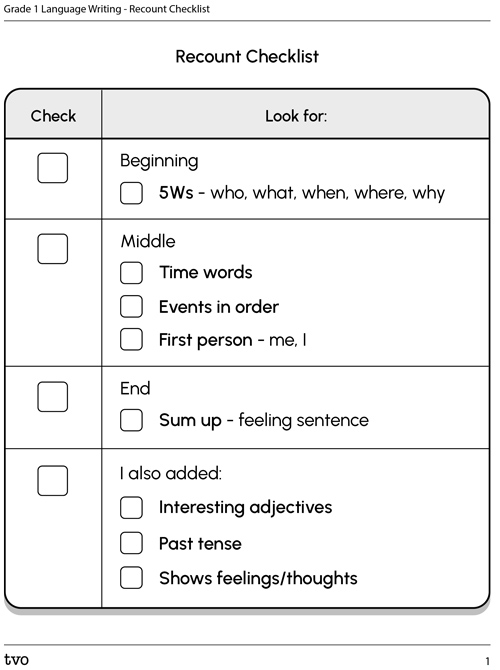Minds On
Your timeline
What are some things that have happened to you?
One way to organize events that have happened is to use a timeline.
A timeline is a way to order when events happened. For example, you could create a timeline of important events which happened to you. Your timeline might start off with the day you were born. Perhaps the next event you might record is the day you got a cat. Of course, you would want to have the first day of school on your timeline and perhaps a special vacation as well. You could add when you learned to swim and end where you are today in the first grade!
A timeline is a way to organize important events in your life. A timeline talks about events in order from past to present time.
Events in a timeline
What are some important events that have happened in school?
Take some time to think about all the things that have happened since you first started school. If possible, share your ideas with a partner.
We can record these events on a timeline. A timeline is a way to organize important events in our lives. We use a timeline to organize events in order from past to present time. When we write recount stories, we can look back at our timelines to write about events that happen in time order.
Timelines can be drawn from left to right (horizontal) or from top to bottom (vertical – as shown in the following image).

Brainstorm
Create a timeline
Now it is your turn to make a timeline of important events in your life.
Use your notebook or the printable document provided to tell some important events that have happened in your life in order from when you were youngest to today.
Action
Recount
When we talk about something that has happened in the past, it is called a recount.
A recount is a story about something that has happened to you and how you feel about it. Recount writing is a story told in the order the event happened.
A recount story has three parts:
A recount has a title and can include pictures. It is written in past tense. A recount story outlines the 5 Ws.
The following text is an example of a recount story.
Brainstorm
Recount activity
Can you identify the parts of a recount in this story?
- Who is in this story?
- Where did they go?
- When did they go?
- Why did they go?
- What did they do?
- How did they feel?
Read the story. Can you answer these questions? Who is the story about? What happened? When did it happen? Where did it take place? Why did it happen?
My trip to the park
Aziz went to the park to play with his friends over the weekend. First they went on the slide. Then they went on the swings. They had a fun day.
Think about Aziz’s weekend. Now it's your turn to select and write an idea about: What did you do over the weekend? Make sure you answer these questions:
- Who is the story about?
- What happened?
- When did it happen?
- Where did it take place?
- Why did it happen?

The writing process
In this Learning Activity, we are going to write a recount story. As we write, we follow the writing process.
Brainstorm ideas for your writing and review the writing process. Share your ideas if you can.
Prewriting: brainstorm
Think back to the timeline and choose an event to write about in a recount.
Think back to that event and brainstorm ideas to share in your writing.
When we brainstorm ideas about an event that has happened, we want to include the Who, What, Why, When and Where ideas! This will be important for our story.
Brainstorming with word songs
Explore the following episode, “Every Story Needs Them” from Wacky Word Songs about the 5 Ws.
Brainstorm
Brainstorming and recounting
Take some time to brainstorm a few ideas about events you have experienced. Choose one event that you would like to write about. You can use the Recount Organizer in your notebook or the following fillable and printable document to record your ideas. You will be answering the 5 W's for this event:
Next, reflect on the event by responding to the 5 Ws:
- who
- what
- when
- where
- why
Drafting: writing plan and draft
A writing plan helps to make sure you know who you are writing for, what you are writing about, why you are writing and what you are writing.
Q: Who will read my writing?
A: My friends and teacher
Q: What am I writing about?
A: An event in our class
Q: What am I trying to do with my writing?
A: To entertain
Q: How will I get my ideas out?
A: Sentences
Use the Brainstorming Organizer in your notebook or use the following fillable and printable document to create your first draft.
The organizer begins with a title. Then the beginning 5 Ws (who, what, where, when, and why.) Then we have the 3 sections of the beginning, middle, and end.
Revising and editing: focus on content and conventions
When revising our work, we:
- read our work out loud
- find other words we might want to use
- make other changes so the writing is just right
- stay on one topic
- check capitals, punctuation and spelling
Consolidation
Your turn!
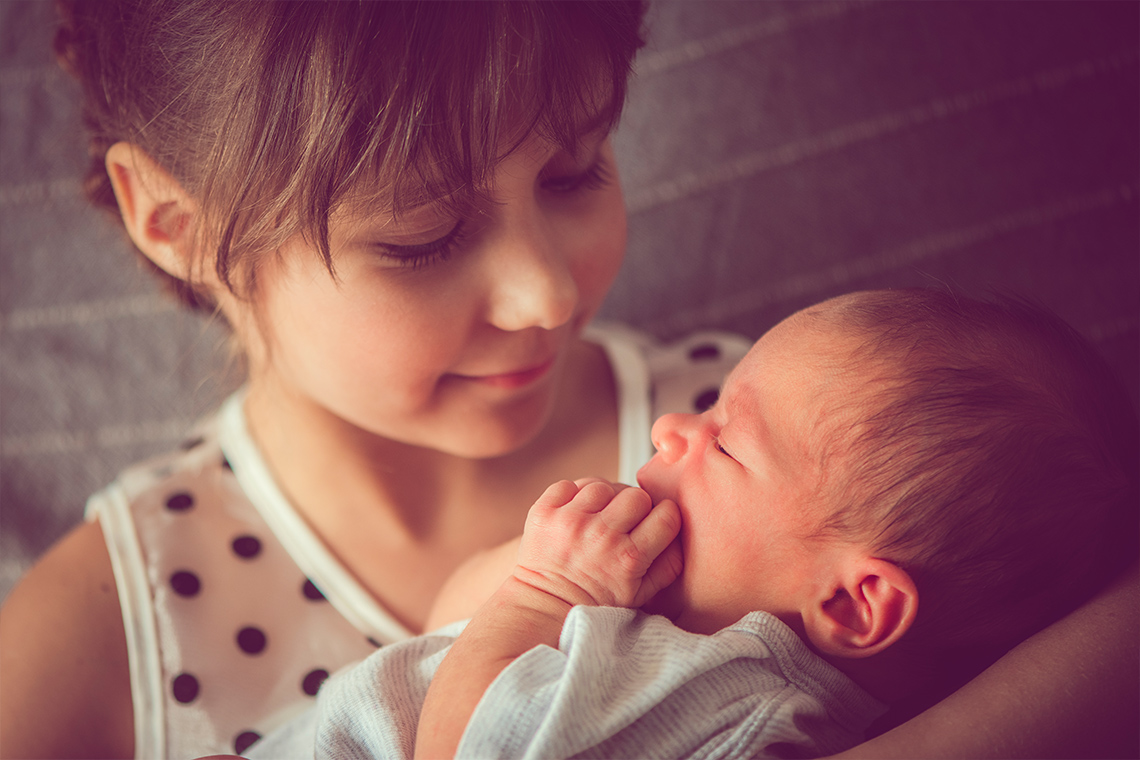
Follow the writing process to talk about an important event that happened to you.
Selecting an idea
Use your timeline to choose an event. Make sure you have answered the 5 Ws: Who, What, When, Where, and Why. Share your idea if you can with a partner.
Recording your story
Time to record your story! Use the Personal Story Organizer in your notebook or use the following fillable and printable document to present your story.
Revise and edit
Use the Recount Checklist in your notebook or use the following fillable and printable document to examine your story and make changes.
Editing: focus on conventions
Focus on capitals, punctuation, and spelling when you edit. Use the following checklist to help you with your editing.
- I spell words correctly.
- I use punctuation at the end of each sentence.
- I start each sentence with a capital.

Editing checklist
Student Success
Think-Pair-Share
Revise and edit
If possible, share your work with a partner. Read your work out loud. What did you like? What do you still wonder about?

Note to teachers: See your teacher guide for collaboration tools, ideas and suggestions.
Time to publish
Publish your work to share. Use the following checklist to make sure your work is your best!
Publishing Checklist
Have I:
Did I use:
Is my work:
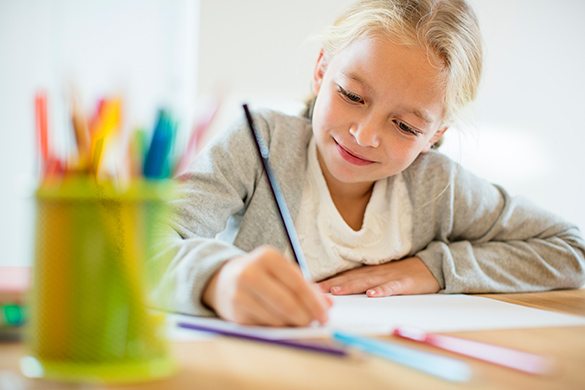
Reflection
How do you feel about what you have learned in this activity? Which of the next four sentences best matches how you are feeling about your learning? Press the button that is beside this sentence.
I feel...
Now, record your ideas about your feelings using a voice recorder, speech-to-text, or writing tool.
